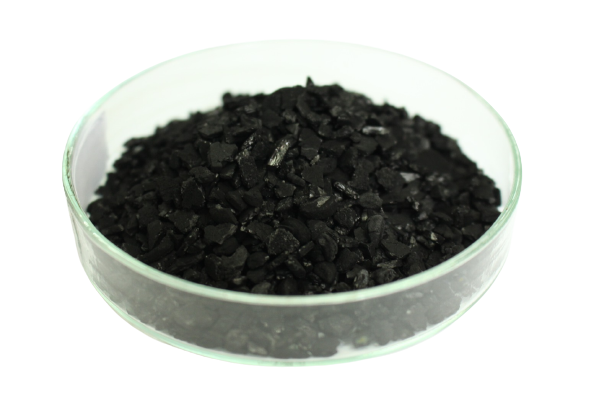Activated Carbon, also known as activated charcoal or coal, is a highly porous substance that effectively purifies water, air, and gases by removing unstable and odorous particles. It is also useful for controlling moisture and humidity, preventing damage from mould, mildew, and other issues by effectively absorbing moisture.
Odor and Moisture Control
With a large surface area of 800 to 1,200m² per gram, activated carbon can treat large volumes of gas or water with low concentrations of contaminants. Its ability to separate gases and liquids makes it an excellent adsorbent, and the extent of adsorption depends on the material being adsorbed.
Activated carbon is useful for eliminating odours from industrial applications where packaging products may cause unpleasant smells when opened. It is made from natural coconut shells and can be utilised in food production and industrial processes to achieve efficient purification.
Highly Porous for Effective Purification
To obtain a more effective adsorption outcome, activated carbon desiccant packets can be mixed with silica gel beads, significantly increasing the ability to control odour and moisture. Furthermore, this desiccant can quickly adsorb toxic compounds and water vapours using carbon molecules.
Gas Purification
To purify compressed air and gas, activated carbon can eliminate hydrocarbons. Charcoal beds with a high adsorption capacity trap these gases and preserve them as they decompose quickly. Charcoal particles collect the solids while the filtered air flows through.
Chemical Purification
Activated Carbon can purify organic solutions that contain impurities in large-scale chemical and pharmaceutical processes. The desiccant is mixed with the solution and filtered off or used in the filter, effectively removing unwanted impurities
Environmental
Remove pollutants from air and water streams in industrial processes like purification and filtration. The desiccant’s effectiveness in water treatment is due to its multifunctional properties, as it can remove impurities, odours, and even harmful chemicals like chlorine and pesticides.
- Particle size: Activated carbon is available in various particle sizes, ranging from powder to granular to extruded forms. The particle size is important because it can affect the rate of adsorption and the overall effectiveness of the material.
- Adsorption capacity: The adsorption capacity refers to the amount of impurities the activated carbon can remove from a given air or liquid. The adsorption capacity depends on the type of impurities and the specific surface area of the activated carbon.
- Iodine number: The iodine number measures the adsorption capacity of activated carbon for certain organic compounds, such as chlorinated solvents and aromatic hydrocarbons.
- Ash content: The ash content refers to the amount of inorganic material in the activated carbon, such as minerals and metals. A low ash content is desirable for many applications.
- Moisture content: The moisture content is the amount of water in the activated carbon, which can affect the material’s performance. Low moisture content is desirable for many applications.
- pH: The pH of activated carbon can affect its adsorption capacity and reactivity. Activated carbon can be acidic, neutral, or alkaline, depending on the manufacturing process and the intended use.
- Bulk density: Bulk density refers to the weight of activated carbon per unit volume. This specification can affect the handling and transportation of the material.
Activated Carbon Product Brochure: Download


